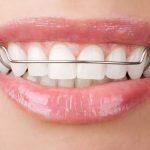Unveiling Wisdom Teeth Stitches: A Visual Guide to Understanding Their Appearance
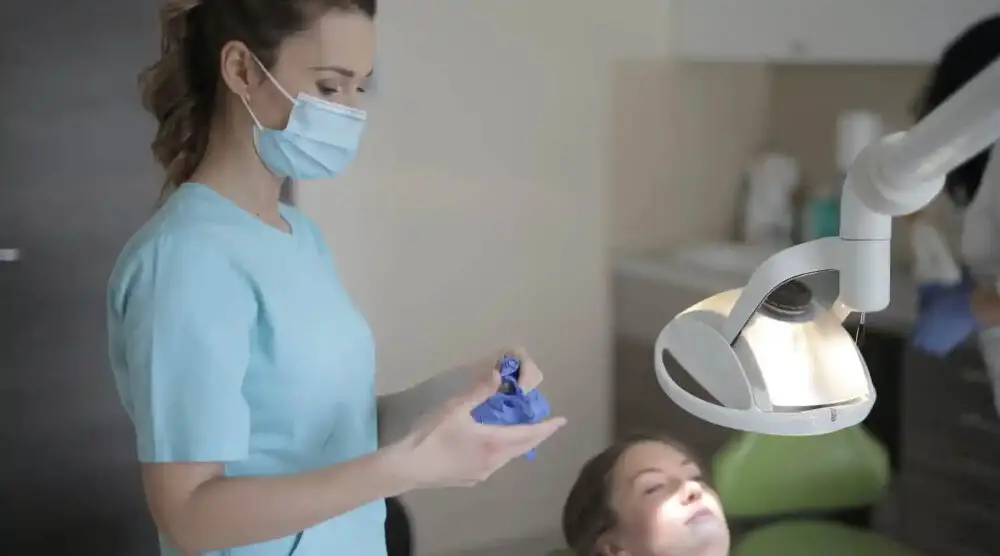
Wisdom teeth are the third set of molars that typically appear in a person’s late teens or early twenties. They are often associated with pain, discomfort, and the need for surgical extraction. This procedure involves making an incision in the gum tissue, removing the tooth, and then closing the wound with stitches. While the idea of stitches may seem intimidating, they are necessary to promote proper healing and prevent infection. In this visual guide, we will explore the appearance of wisdom teeth stitches, what to expect during the healing process, and how to care for your mouth after surgery. The appearance of wisdom teeth stitches can vary depending on the type of suture material used and the technique of the surgeon. Some stitches are made of dissolvable materials that will eventually break down and disappear on their own, while others are made of non-dissolvable materials that will need to be removed by the dentist or surgeon. The stitches may be visible or hidden under the gum line, and they may be placed in a single line or a cross-stitch pattern. Understanding the appearance of wisdom teeth stitches can help ease anxiety and provide a better understanding of what to expect during the healing process.
When wisdom teeth are extracted, the surgeon may use stitches to close the wound and promote healing. Wisdom teeth stitches are typically made of dissolvable materials that will eventually break down and be absorbed by the body. These stitches help to control bleeding, reduce swelling, and protect the extraction site from infection. The appearance of wisdom teeth stitches can vary depending on the type of material used and how they are placed. In some cases, they may be visible in the mouth, while in others they may be hidden beneath the gums. It’s important to follow proper aftercare instructions to ensure that the stitches dissolve properly and the extraction site heals correctly.
Wisdom teeth stitches are necessary to promote proper healing and prevent infection following the removal of wisdom teeth. These stitches are typically used when the extraction site is larger or more complicated than usual. The stitches help to hold the wound closed, allowing the tissues to heal properly. Without stitches, the wound may take longer to heal, and there is an increased risk of infection. Additionally, stitches help to reduce bleeding and discomfort at the extraction site. Overall, wisdom teeth stitches are an essential part of the postoperative care for wisdom teeth removal, ensuring a smooth and successful recovery.
Understanding the appearance of wisdom teeth stitches is crucial for individuals who have undergone wisdom teeth extraction. It enables them to identify any signs of infection or complications, such as swelling, redness, or discharge. This knowledge also helps individuals to determine whether they are healing correctly and if they need to seek medical attention. Furthermore, understanding the appearance of wisdom teeth stitches can help individuals to prepare for the recovery process by giving them an idea of what to expect and how to care for their wounds. With this information, individuals can take proactive steps to ensure a smooth and successful recovery from their wisdom teeth extraction surgery.
What are Wisdom Teeth Stitches?
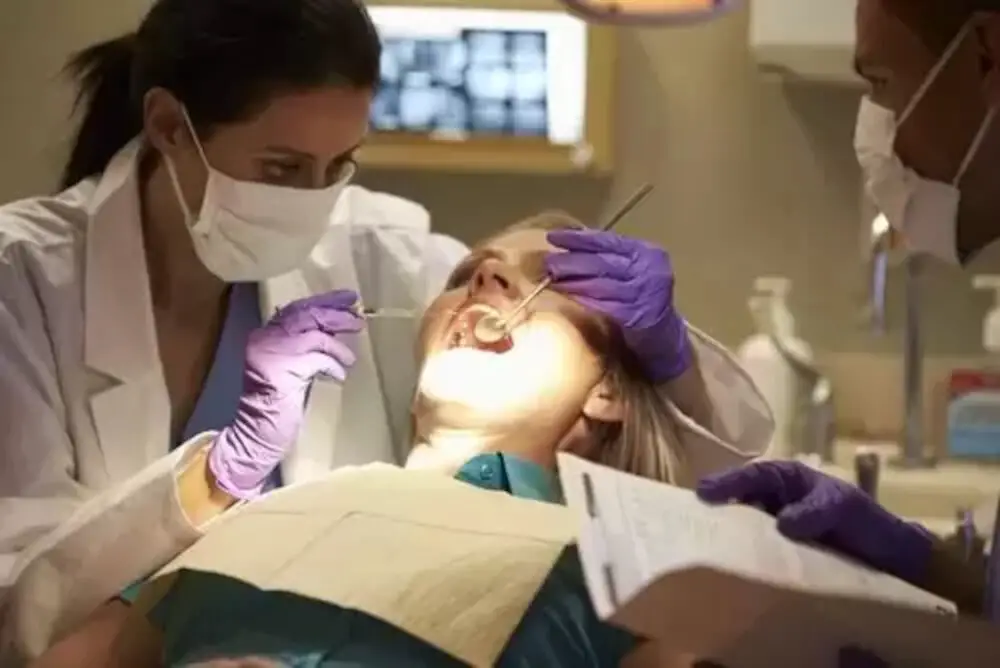
Wisdom teeth stitches are a common practice in oral surgery that helps to promote healing and prevent infections. These stitches are typically used after a wisdom teeth extraction or any other oral surgery that involves incisions or lacerations in the mouth. The stitches are placed in the area where the surgery was performed, and they help to keep the wound closed and prevent bleeding. Wisdom teeth stitches are usually made of dissolvable material, which means they will dissolve on their own over time. This eliminates the need for a follow-up appointment to remove the stitches. The appearance of wisdom teeth stitches can vary depending on the type of stitch used and the location of the incision. In some cases, the stitches may be visible as small knots or loops on the surface of the gums. In other cases, the stitches may be hidden underneath the gums, making them invisible to the naked eye. Regardless of their appearance, wisdom teeth stitches play a critical role in the healing process after oral surgery. They help to reduce the risk of infection and ensure that the wound heals properly, allowing patients to recover quickly and resume their normal activities.
Wisdom teeth extraction is a surgical procedure that involves removing one or more impacted or partially erupted wisdom teeth. Before the procedure, the dentist or oral surgeon will administer local anesthesia or sedation to numb the gums and prevent pain. They will then make an incision in the gum tissue to access the tooth and carefully remove it using specialized tools. In some cases, they may need to break the tooth into smaller pieces for easier removal. Once the tooth is removed, the dentist or oral surgeon will clean the area and place stitches to promote healing and prevent infection. The stitches used can vary in appearance and material, depending on the type of extraction and the dentist’s preference. In general, the stitches will dissolve on their own within a week or two, and the patient will need to follow specific aftercare instructions to ensure proper healing.
Stitches play a crucial role in the healing process after dental surgeries, including wisdom tooth extraction. They are used to bring the edges of the wound together, promoting faster healing and reducing the risk of infection. The stitches also help to stop bleeding and prevent the formation of blood clots. In addition, they hold the gum tissue in place, allowing it to heal properly and preventing the formation of any gaps in the tissue. Stitches are usually removed after a few days, once the wound has started to close up and the healing process has begun. It is important to follow the dentist’s instructions regarding post-operative care to ensure proper healing and minimize discomfort.
There are several types of stitches used for wisdom teeth extraction, each with its own purpose and benefits. One common type is the interrupted stitch, which involves tying individual knots along the incision site to secure the wound edges in place. Another type is the continuous stitch, where a single thread is used to create a continuous loop along the wound edges. This method provides greater stability and can promote quicker healing. A third type is the subcuticular stitch, where the suture is placed beneath the skin surface, resulting in less noticeable scarring. Ultimately, the choice of stitch type depends on the surgeon’s preference and the patient’s individual needs.
Appearance of Wisdom Teeth Stitches
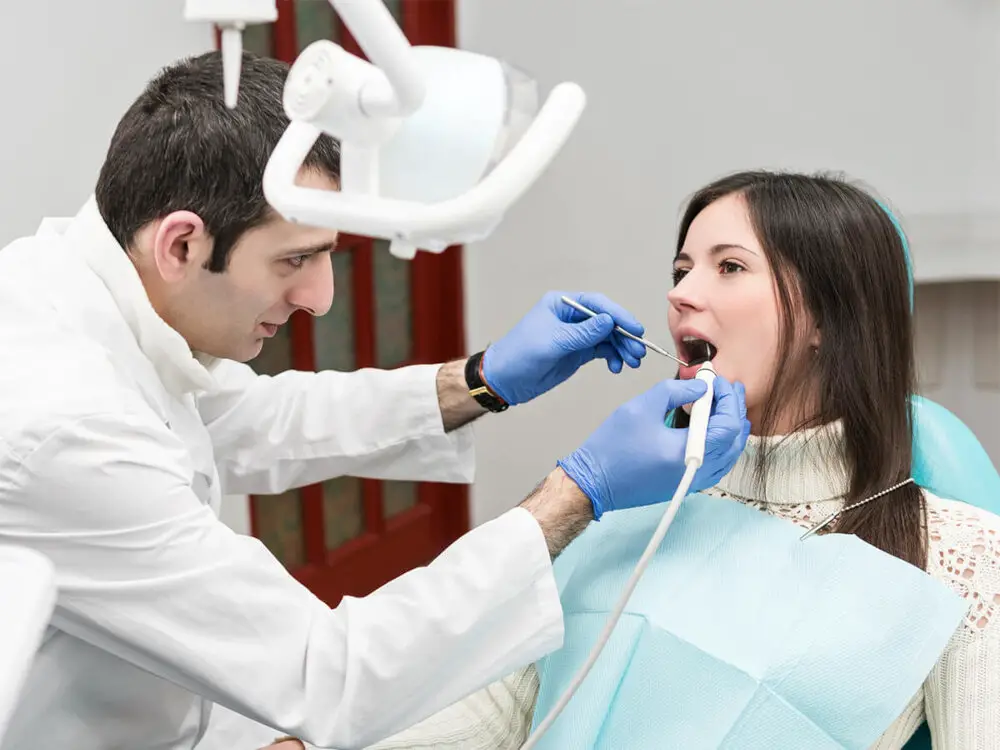
Wisdom teeth stitches are a common dental procedure that is performed after the removal of wisdom teeth. These stitches are usually placed to help control bleeding and promote healing of the wound. The appearance of wisdom teeth stitches can vary depending on the type of stitch used, the location of the wound, and the individual’s healing process. Generally, wisdom teeth stitches are small and thin, resembling tiny threads. They are usually made of nylon or other synthetic materials that are safe to use in the mouth. After the removal of wisdom teeth, it is common to experience some discomfort and swelling. The appearance of wisdom teeth stitches can also be an indicator of the healing process. In the first few days after the procedure, the stitches may appear red or inflamed, which is a sign that the area is healing. As the healing process continues, the stitches may become less visible and eventually dissolve on their own. It is important to follow your dentist’s instructions for caring for the stitches to ensure proper healing and minimize the risk of infection. With proper care, wisdom teeth stitches can help promote a quick and painless recovery.
When it comes to wisdom teeth extraction, stitches are a common occurrence. However, understanding the appearance of these stitches can be confusing and overwhelming. That’s why we’ve put together a visual guide to help you decipher the different types of stitches you may encounter. From dissolvable to non-dissolvable, interrupted to continuous, and even variations in color and thickness, each stitch serves a specific purpose in the healing process. By familiarizing yourself with the appearance of these stitches, you can better understand what to expect during your recovery and how to properly care for your stitches to ensure optimal healing.
Dissolvable and nondissolvable stitches serve different purposes when it comes to wisdom teeth extraction. Dissolvable stitches, also known as absorbable stitches, gradually dissolve over time and do not require removal. They are typically made of materials such as chromic gut or polyglactin and are used to close incisions and hold the wound edges together. Nondissolvable stitches, on the other hand, are made of materials such as silk or nylon and must be manually removed by a dentist or oral surgeon. They are often used to secure soft tissue flaps or to close deep wounds that need more support. While dissolvable stitches are more convenient for patients as they do not require removal, nondissolvable stitches may provide better support and stability for the wound during the healing process.
The color and texture of stitches used for wisdom teeth extraction play an important role in the healing process. Typically, the stitches are made of absorbable materials that dissolve over time, allowing the wound to close naturally. The color of the stitches can vary depending on the material used, ranging from white to brown or black. Texture-wise, the stitches may be smooth or have a braided appearance. The texture can affect how well the stitches stay in place and how comfortable they are for the patient. Overall, the color and texture of stitches used for wisdom teeth extraction are important factors to consider for successful healing and patient comfort.
Caring for Wisdom Teeth Stitches
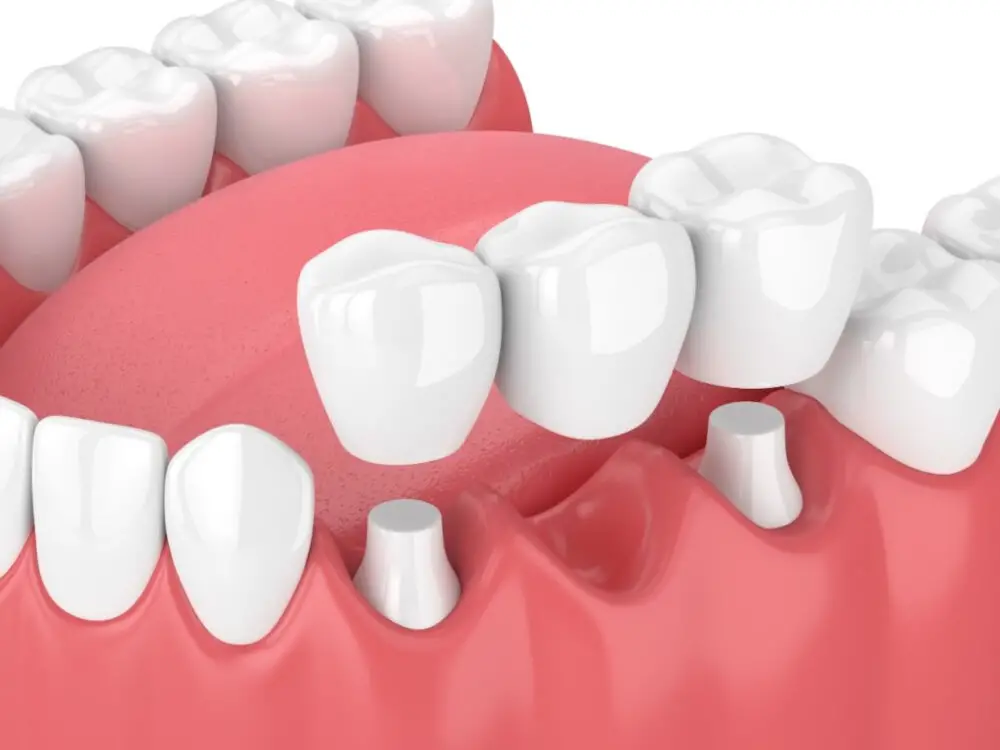
After having wisdom teeth extracted, it is common for your dentist or oral surgeon to use stitches to close the wound. These stitches help to stop bleeding, promote healing, and prevent infection. It is essential to care for your stitches properly to ensure that the healing process goes smoothly. Firstly, you should avoid eating crunchy or chewy foods, as they may disturb the stitches. Instead, opt for soft, easy-to-eat foods such as soup, mashed potatoes, and smoothies. You should also avoid drinking through a straw, as the suction can dislodge the stitches and cause bleeding. Additionally, smoking should be avoided, as it can slow down the healing process and increase the risk of infection. It is recommended to rinse your mouth with saltwater several times a day to keep the wound clean and promote healing. You should also avoid touching the stitches or playing with them with your tongue, as this can cause irritation and delay the healing process. It is normal to experience some swelling and discomfort after having wisdom teeth removed, and this can be managed with over-the-counter pain medication. Applying an ice pack to your cheek can also help to reduce swelling and discomfort. If you experience excessive pain, bleeding, or swelling, you should contact your dentist or oral surgeon immediately. Overall, caring for your wisdom teeth stitches is crucial to promote healing and prevent complications. By following your dentist’s instructions and taking good care of yourself, you can ensure a smooth recovery from your wisdom teeth extraction surgery.
Proper care for stitches is crucial to ensure the healing process after wisdom teeth extraction. Failure to take care of the stitches can lead to complications such as infection, bleeding, and even dry socket. Patients need to follow the post-operative instructions provided by their oral surgeon, which may include avoiding certain foods, using ice packs, and taking prescribed medication. Additionally, patients should maintain proper oral hygiene by gently brushing and rinsing their mouth, but avoiding the extraction site. It’s important to monitor the appearance of the stitches and contact the oral surgeon if there is any excessive bleeding, swelling, or discharge. By taking proper care of the stitches, patients can ensure a smooth and successful recovery from wisdom teeth extraction.
After getting wisdom teeth extraction, you may experience stitches in the area where the teeth were removed. To ensure proper healing, it is essential to take care of these stitches. Firstly, avoid touching the stitches with your tongue or fingers, as this can lead to infection. Additionally, rinse your mouth with saltwater regularly to keep the area clean and promote healing. Avoid smoking, using straws, or consuming hot and spicy foods, as these can irritate the area and slow down the healing process. It is also recommended to eat soft foods and maintain good oral hygiene by brushing gently around the stitches. By following these instructions, you can aid in the healing process and prevent any complications.
After undergoing wisdom teeth extraction surgery, it is common to experience some level of discomfort during the healing process. However, there are certain tips that can help to minimize this discomfort. Firstly, it is important to follow the aftercare instructions provided by your dentist or oral surgeon, which may include taking pain medication, using ice packs to reduce swelling, and avoiding certain foods that may irritate the extraction site. Additionally, maintaining good oral hygiene by gently brushing and rinsing with a saltwater solution can help to prevent infection and promote healing. Finally, it is important to rest and avoid strenuous physical activity for a few days to allow your body to recover. By following these tips, you can help to minimize discomfort and promote a speedy recovery after wisdom teeth extraction surgery.
When to Contact Your Dentist

When to Contact Your Dentist:It is important to know when to contact your dentist after getting your wisdom teeth removed. The first 24 hours after the procedure are crucial as this is when bleeding and swelling are most likely to occur. If bleeding persists beyond the first day or becomes heavy, it is important to contact your dentist immediately. In addition, if swelling does not go down after a few days or if you experience difficulty breathing or swallowing, your dentist should be contacted right away. These symptoms could indicate an infection or other complication that requires immediate attention. Another reason to contact your dentist after getting your wisdom teeth removed is if you experience severe pain that does not improve with pain medication. While some discomfort is normal after the procedure, severe or persistent pain could be a sign of a problem such as dry socket. Your dentist can evaluate your symptoms and provide appropriate treatment to alleviate your pain. Additionally, if you develop a high fever or other signs of infection such as redness or pus, it is important to contact your dentist as soon as possible to prevent the infection from spreading. By staying vigilant and contacting your dentist promptly when necessary, you can ensure a smooth and successful recovery from your wisdom teeth removal procedure.
After undergoing wisdom teeth removal surgery, it’s important to be aware of any signs of infection or complications. Some common symptoms include severe pain, swelling, redness, and bleeding that doesn’t subside after a few hours. Additionally, if you experience a fever, difficulty swallowing, or notice a foul odor or taste in your mouth, it could be a sign of infection. It’s important to monitor your stitches closely and follow the post-operative care instructions provided by your dentist or oral surgeon to minimize the risk of complications. If you are unsure about any symptoms you are experiencing, don’t hesitate to contact your healthcare provider for guidance and support.
Following up with your dentist after any dental procedure is crucial for ensuring optimal healing and preventing potential complications. In the case of wisdom teeth removal, it is particularly important to monitor the healing process, especially if stitches were used. Stitches help to close the wound and promote healing, but they can also trap food and bacteria, leading to infection and inflammation. Your dentist will likely schedule a follow-up appointment to remove the stitches and assess the healing progress. This allows them to identify any potential issues early on and provide the necessary treatment to prevent further complications. Additionally, your dentist can provide guidance on proper oral hygiene practices during the healing period to ensure proper care of the surgical site.
After wisdom teeth extraction, patients are usually scheduled for follow-up appointments with their dentist or oral surgeon. During these appointments, the dental professional will examine the healing process of the extraction site and remove any stitches that may have been placed during the procedure. The dentist will also check for any signs of infection or complications, such as swelling or bleeding. Patients can expect to have their oral health and pain level assessed, and the dentist may provide further instructions on how to care for the extraction site. These follow-up appointments are crucial for ensuring proper healing and preventing any further complications.
Understanding wisdom teeth stitches is crucial for anyone undergoing a wisdom teeth extraction procedure. These stitches play a vital role in promoting the healing process and preventing post-operative complications. They help to control bleeding, reduce swelling, and ensure that the wound remains closed during the healing process. Additionally, knowing what to expect with the appearance of these stitches can put patients at ease, as they can better understand what is happening during the healing process. By carefully following post-operative instructions and understanding the importance of these stitches, patients can ensure a smooth and successful recovery.
The healing process after wisdom teeth extraction can be a challenging experience for some individuals. It is essential to follow the dentist’s instructions carefully, including taking prescribed medications and avoiding certain foods and activities for a few days. Some discomfort, swelling, and bleeding are normal after the procedure, but these symptoms should gradually improve over time. It is crucial to maintain good oral hygiene, gently rinse the mouth with warm saltwater, and avoid smoking to promote healing and prevent complications. It is also essential to attend follow-up appointments with the dentist to ensure that the healing process progresses as expected. With patience and proper care, the healing process can be a smooth and successful experience.
If you have any concerns or questions about your wisdom teeth stitches, don’t hesitate to reach out to your dentist. It’s important to be proactive about your oral health and to address any issues as soon as possible. Your dentist is there to help you and can provide expert advice and guidance on how to care for your stitches and promote healing. Whether you’re experiencing pain, swelling, or any other symptoms, don’t suffer in silence. Reach out to your dentist and get the support you need to ensure a speedy and successful recovery. Remember, taking care of your oral health is essential for your overall wellbeing, so don’t hesitate to seek help when you need it.
Conclusion
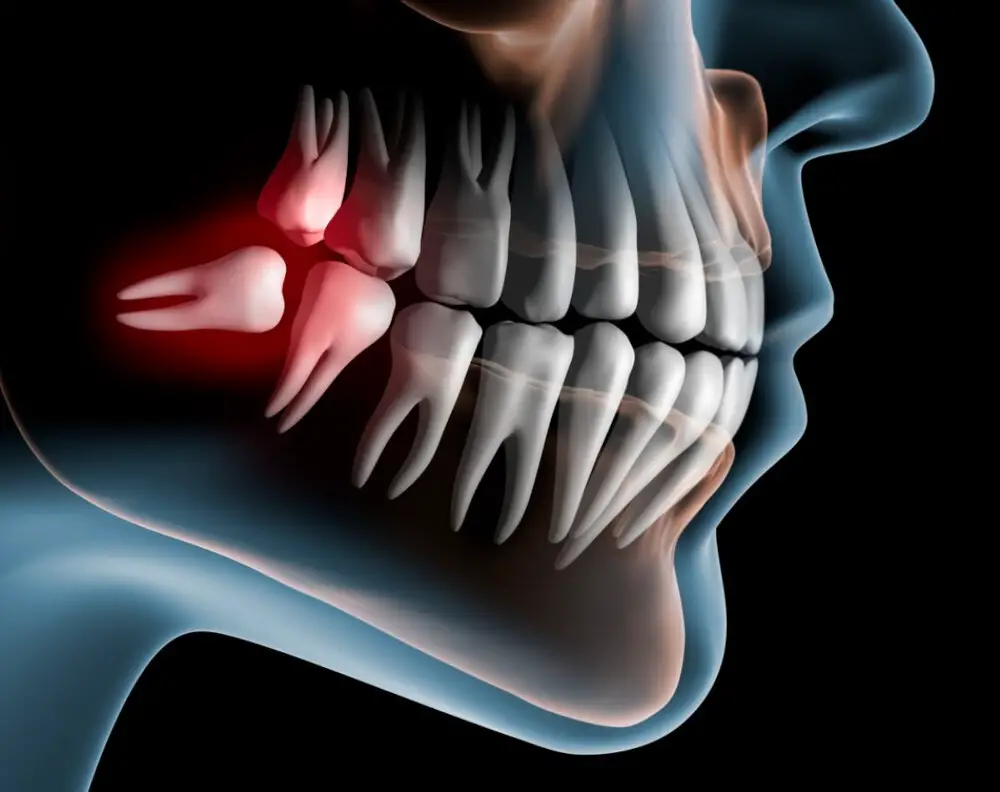
In conclusion, understanding the appearance of wisdom teeth stitches is vital for anyone who has undergone wisdom teeth extraction. By knowing what to expect, patients can better prepare themselves for the healing process and ensure proper care to prevent complications. The visual guide provided here serves as a valuable resource for individuals seeking information on the appearance of wisdom teeth stitches. It is crucial to remember that every individual’s healing process is unique, and it is essential to follow the instructions of your dentist or surgeon carefully. With proper care and attention, the healing process can be smooth and pain-free, allowing individuals to return to their daily lives with renewed comfort and confidence.
